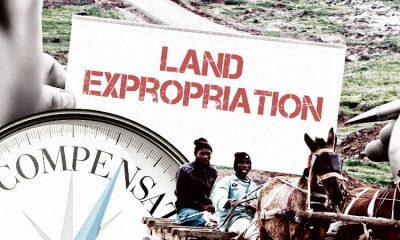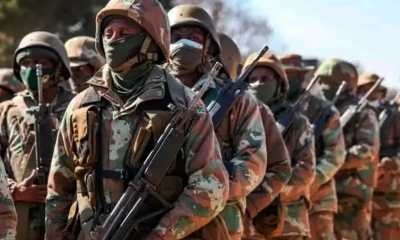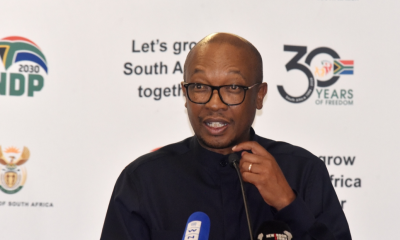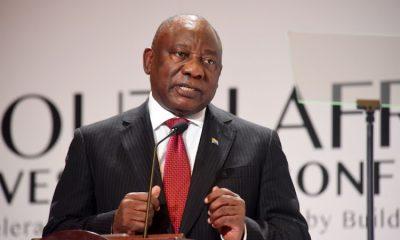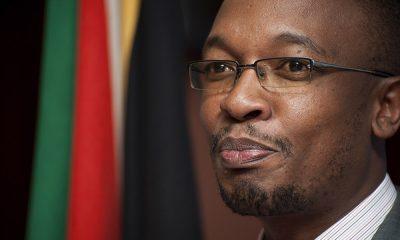411
South African Soldiers Killed as M23 Rebels Seize Goma in DRC Conflict
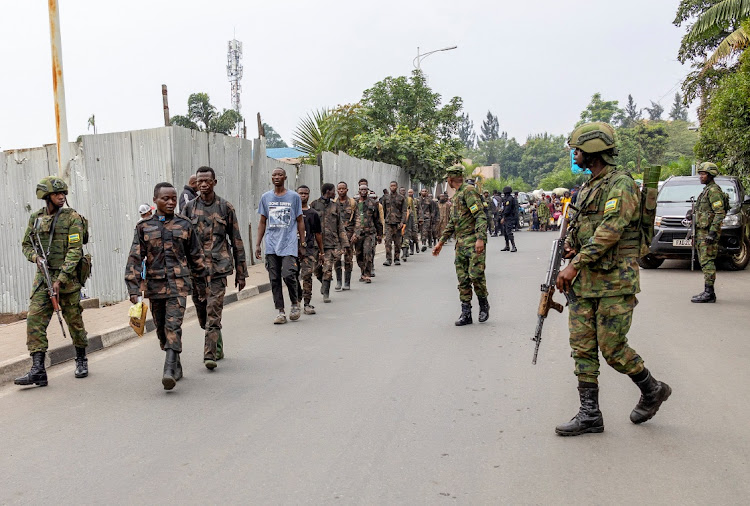
The ongoing conflict in the Democratic Republic of Congo (DRC) has escalated, with violent clashes between government forces and the M23 rebel group. The situation took a dire turn this week when M23 seized control of Goma, a key city in the country’s eastern region. Amid the turmoil, 13 South African National Defence Force (SANDF) soldiers have been killed, sparking calls for government accountability.
The Root of the Conflict
According to former ambassador and national security advisor Welile Nhlapo, the unrest in the DRC is deeply rooted in decades-long disputes over military control. Speaking to IOL, he highlighted how efforts to integrate various armed factions into a national army following the 1994 Lusaka Agreement failed due to disagreements among rebel groups.
“The March 23 Movement (M23) is a product of this failure,” Nhlapo explained. The group, a Congolese Tutsi-led, Rwandan-backed faction, has been fighting for control in the region for years. Tensions between Rwanda, Uganda, and the Southern African Development Community (SADC) have only worsened the situation.
Ceasefire Violations and Rwanda’s Stance
The Rwandan government has denied direct involvement in the resurgence of M23 but blames the Congolese army (FARDC) and its allies for violating previous ceasefire agreements. They accuse the DRC of working with:
- Democratic Forces for the Liberation of Rwanda (FDLR) – a UN-sanctioned militia
- European mercenaries
- Ethnic militias and Burundian armed forces
- MONUSCO peacekeeping troops, which include SANDF personnel
M23 officially claimed control of Goma on Monday, worsening an already volatile situation.
Impact on South Africa and SANDF Casualties
The SANDF, part of MONUSCO’s peacekeeping mission, has been caught in the crossfire. A mortar attack launched by M23 struck an SANDF base near Goma Airport, killing three soldiers instantly. Over the weekend, nine more SANDF troops were killed in another attack, and a tenth soldier later died in hospital, bringing the total death toll to 13 South Africans.
The SANDF Force Intervention Brigade (FIB), tasked with stabilizing the eastern DRC, has struggled to contain the escalating violence. These recent losses have ignited political backlash in South Africa.
President @CyrilRamaphosa held a telephone call with President @PaulKagame of Rwanda to discuss the recent developments in the Eastern DRC and the escalation in fighting that has resulted in the deaths of SAMIDRC peacekeepers.
The two heads of state have agreed on the urgent…
— The Presidency
(@PresidencyZA) January 27, 2025
Political Reactions and Calls for Accountability
Opposition parties, including the Democratic Alliance (DA), have called on President Cyril Ramaphosa to address the country regarding the deaths of SANDF soldiers.
“Since the deaths of our troops, President Ramaphosa has yet to address the nation to provide comfort to grieving families or assure South Africans of the safety of our Defence Force,” said DA’s Chris Hattingh.
The Economic Freedom Fighters (EFF) have also demanded the resignation of Defence Minister Angie Motshekga, accusing her of neglecting SANDF’s operational needs. Meanwhile, Ramaphosa has spoken with Rwandan President Paul Kagame, agreeing on the urgent need for a ceasefire and renewed peace talks.
What’s Next for South Africa in the DRC?
With SANDF troops still on the ground, South Africa faces tough decisions. Some military experts believe that negotiating an exit strategy for South African forces might be the only way to prevent further casualties.
As the conflict intensifies, pressure mounts on the South African government to clarify its position and protect its soldiers from further losses in a war that shows no signs of ending.
Follow Joburg ETC on Facebook, Twitter , TikTok and Instagram
For more News in Johannesburg, visit joburgetc.com

